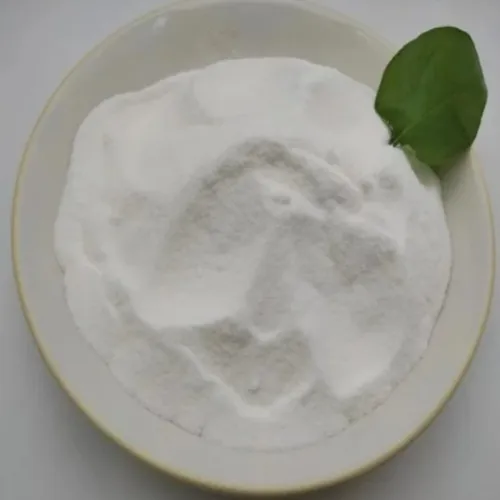Warning: Undefined array key "title" in /home/www/wwwroot/HTML/www.exportstart.com/wp-content/themes/1198/header.php on line 6
Warning: Undefined array key "file" in /home/www/wwwroot/HTML/www.exportstart.com/wp-content/themes/1198/header.php on line 7
Warning: Undefined array key "title" in /home/www/wwwroot/HTML/www.exportstart.com/wp-content/themes/1198/header.php on line 7
Warning: Undefined array key "title" in /home/www/wwwroot/HTML/www.exportstart.com/wp-content/themes/1198/header.php on line 7
- Afrikaans
- Albanian
- Amharic
- Arabic
- Armenian
- Azerbaijani
- Basque
- Belarusian
- Bengali
- Bosnian
- Bulgarian
- Catalan
- Cebuano
- China
- China (Taiwan)
- Corsican
- Croatian
- Czech
- Danish
- Dutch
- English
- Esperanto
- Estonian
- Finnish
- French
- Frisian
- Galician
- Georgian
- German
- Greek
- Gujarati
- Haitian Creole
- hausa
- hawaiian
- Hebrew
- Hindi
- Miao
- Hungarian
- Icelandic
- igbo
- Indonesian
- irish
- Italian
- Japanese
- Javanese
- Kannada
- kazakh
- Khmer
- Rwandese
- Korean
- Kurdish
- Kyrgyz
- Lao
- Latin
- Latvian
- Lithuanian
- Luxembourgish
- Macedonian
- Malgashi
- Malay
- Malayalam
- Maltese
- Maori
- Marathi
- Mongolian
- Myanmar
- Nepali
- Norwegian
- Norwegian
- Occitan
- Pashto
- Persian
- Polish
- Portuguese
- Punjabi
- Romanian
- Russian
- Samoan
- Scottish Gaelic
- Serbian
- Sesotho
- Shona
- Sindhi
- Sinhala
- Slovak
- Slovenian
- Somali
- Spanish
- Sundanese
- Swahili
- Swedish
- Tagalog
- Tajik
- Tamil
- Tatar
- Telugu
- Thai
- Turkish
- Turkmen
- Ukrainian
- Urdu
- Uighur
- Uzbek
- Vietnamese
- Welsh
- Bantu
- Yiddish
- Yoruba
- Zulu
Aug . 13, 2024 21:36 Back to list
Exploring the Uses and Benefits of Propylene Glycol in Food and Beverage Products
Propylene Glycol for Food A Comprehensive Overview
Propylene glycol, also known as 1,2-propanediol, is a synthetic organic compound widely used in various industries, including food production. Its chemical structure – featuring an alcohol group – allows it to serve multiple functions, from acting as a solvent to enhancing food flavor and texture. This article explores the safety, applications, and regulatory aspects of propylene glycol in the food industry.
Safety and Approval
One of the primary concerns regarding additives in food products is their safety for human consumption. Propylene glycol has undergone extensive testing and is recognized as safe by various health authorities. The U.S. Food and Drug Administration (FDA) classifies propylene glycol as Generally Recognized As Safe (GRAS). It is commonly utilized in the food sector, where its ingestion levels are considered acceptable for humans.
Research studies have evaluated the effects of propylene glycol on health, indicating that it is metabolized in the body to glucose and other simple compounds, making it a safe option when consumed in appropriate amounts. However, as with any substance, excessive consumption could potentially lead to adverse effects. Therefore, regulatory agencies continue to monitor usage levels in food products.
Uses in Food Products
Propylene glycol serves several crucial roles in food formulation
1. Humectant It helps retain moisture in food products, which is particularly beneficial for baked goods and confections. By preventing dehydration, propylene glycol enhances the shelf life and quality of these items.
2. Solvent Many food flavorings and colorings are not soluble in water. Propylene glycol can dissolve these ingredients effectively, ensuring uniform distribution throughout the food product.
propylene glycol for food

3. Emulsifier In foods, propylene glycol can aid in mixing ingredients that typically do not blend well, such as oil and water. This function is critical in products like salad dressings and sauces, contributing to a smooth and consistent texture.
4. Preservative Due to its antifungal properties, propylene glycol can help inhibit the growth of mold and yeast in certain food products, which contributes to their longevity.
Common food products that may contain propylene glycol include baked goods, dairy products, dessert toppings, and various sauces. It can also be found in food-grade flavorings, enhancing the overall sensory experience of the products.
Regulatory Considerations
The use of propylene glycol in food is subject to regulatory oversight to ensure consumer safety. Regulatory bodies, such as the FDA in the United States and the European Food Safety Authority (EFSA) in Europe, have established limits on the acceptable levels of propylene glycol in food products. These regulations are based on research and safety assessments, helping to gauge the appropriate use and potential health impacts of substances in food.
While propylene glycol is generally considered safe, consumers should be aware of its presence in processed food items. Those with specific allergies or sensitivities might want to read labels carefully, as well as consult with healthcare professionals if they have concerns.
Conclusion
Propylene glycol plays an essential role in modern food production. Its multifaceted properties enable it to act as a humectant, solvent, emulsifier, and preservative, enhancing the quality and shelf life of various products. As regulatory agencies confirm its safety when used appropriately, propylene glycol continues to be a valuable component in the food industry. However, informed consumption and awareness are crucial, ensuring that consumers enjoy their food products while being mindful of their ingredients.
Latest news
-
Certifications for Vegetarian and Xanthan Gum Vegetarian
NewsJun.17,2025
-
Sustainability Trends Reshaping the SLES N70 Market
NewsJun.17,2025
-
Propylene Glycol Use in Vaccines: Balancing Function and Perception
NewsJun.17,2025
-
Petroleum Jelly in Skincare: Balancing Benefits and Backlash
NewsJun.17,2025
-
Energy Price Volatility and Ripple Effect on Caprolactam Markets
NewsJun.17,2025
-
Spectroscopic Techniques for Adipic Acid Molecular Weight
NewsJun.17,2025

